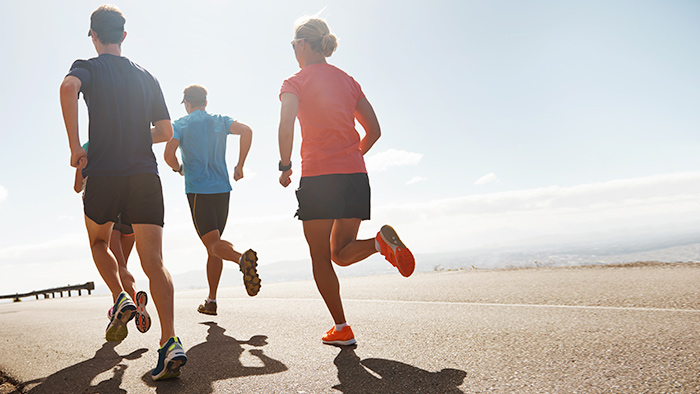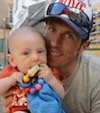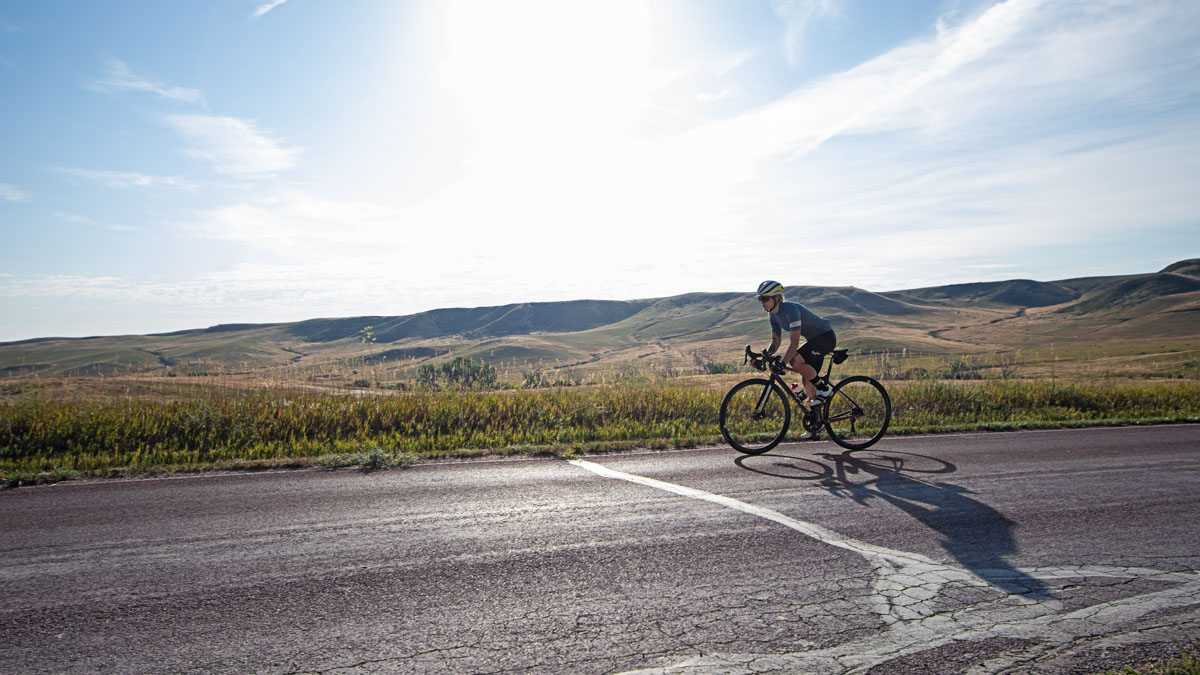For some athletes, the winter months conjure mental images of beautiful crisp mornings, frosty runs and refreshingly cold air—while others relate more to the prolonged grey, short days and the continual darkness. This can affect mental health and can even start to have a detrimental impact on training and motivation.
Seasonal affective disorder (now often referred to as major depression with seasonal pattern) is said to affect 5% of people in latitudes similar to the UK or Northern America (Leora N.Rosen, 1990). However, these studies also show that up to 90% of people will admit to having a lower mood in the winter months (M.D., 2006) while not referring to it explicitly as depression.
A major culprit is the hormone serotonin. Your brain uses serotonin to boost mood and focus when it’s light out, and melatonin to help you sleep when it’s dark. A lack of light has been linked to lower levels of serotonin, which can affect your mood. With low serotonin, you find early mornings harder, leading to missed training sessions and a general lack of motivation. You may also tend to rely on carbohydrate-rich foods to boost levels back up, which can lead to weight gain.
Another factor is vitamin D, an essential vitamin generated by your skin when exposed to sunlight. Over 70% of the UK population has dangerously low levels of Vitamin D (Hollick, 2008), which has a role in calcium regulation, bone health and critically, in muscle function.
There are many reasons for a vitamin D deficiency—balancing training with work, for example, might mean avoiding peak sunlight hours. Especially in the winter, this can mean training in the dark or indoors the majority of the time. For athletes, this can equate to a negative effect on performance over time (Ogan & Pritchett, 2013) or worse, can lead to injury and illness.
Simply increasing your exposure to daylight is the best way to reduce winter’s effects on your training. Getting more sun increases the production of Vitamin D without the need for supplementation, resulting in lower injury risk, better muscular function and improved strength training (Ogan & Pritchett, 2013). And don’t forget the potential effects on your mood. Mood state has been linked to levels of recovery or readiness to train (Aschwanden, 2019), which means more sun can actually allow you to absorb a higher training load.
To get more sunshine, athletes living far from the equator should try to train in peak hours of sunlight in the colder seasons, and may even want to consider heading to warmer climes for a training camp or two. If a camp isn’t in the cards, taking a Vitamin D supplement over the winter months can be helpful. Even simple, less expensive solutions such as using a light box alarm can change your body’s desire to sleep in the mornings. This helps reduce the body’s desire to hibernate (American Family Physician, 2000).
So, throughout the winter months, after the excitement of the Christmas festivities, you must try to make the most of the daylight hours and, where possible, the sunshine. Although the sun is unlikely to be strong enough to generate all the vitamin D we need, it will help reduce the negative impact of a low mood state or even SAD. If you can get a lightbox or attend a training camp, you will certainly be able to reduce the effects of these winter days and the potential training slump. At the very least a light related alarm clock will help maintain your circadian rhythm for those dark early morning swim sessions!
References
M.D., P. D. (2006, December 12). Runner’s World. Retrieved from https://www.runnersworld.com/training/a20785826/beat-the-winter-blues/
Leora N.Rosen, S. D. (1990). Prevalence of seasonal affective disorder at four latitudes. Psychiatry Research, 131-144.
American Family Physician. (2000). Seasonal Affective Disorder. Am Fam Physician, 1531-1532.
Aschwanden, C. (2019). Good to Go: What the Athlete in All of Us Can Learn from the Strange Science of Recovery. W.W. Norton Company.
Hollick, M. (2008). Vitamin D: a D-Lightful health perspective. Nutr Rev., 182-194.
Ogan, D., & Pritchett, K. (2013). Vitamin D and the Athlete: Risks, Recommendations, and Benefits. Nutrients, 1856-1868.









